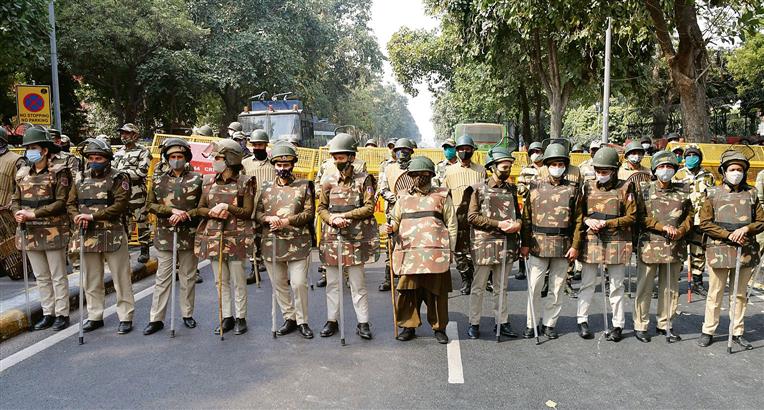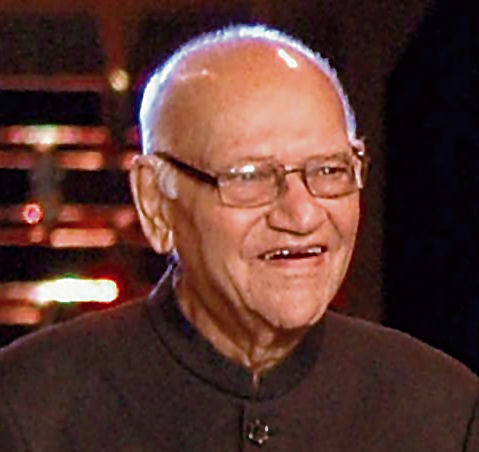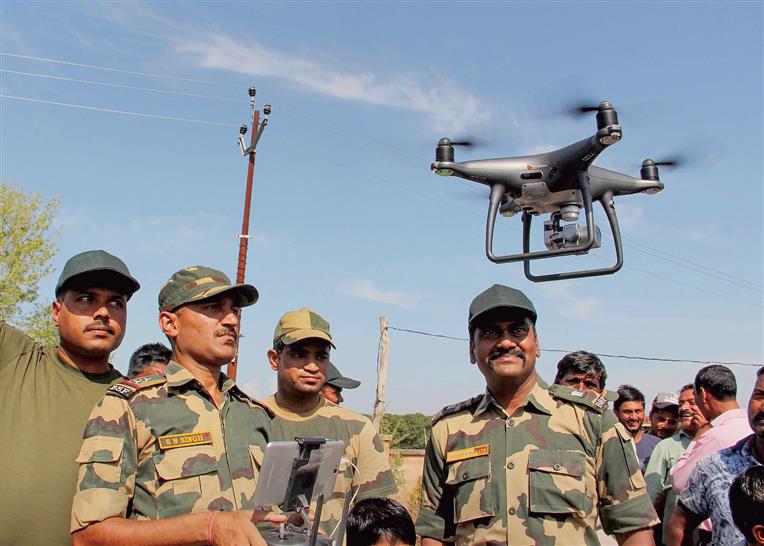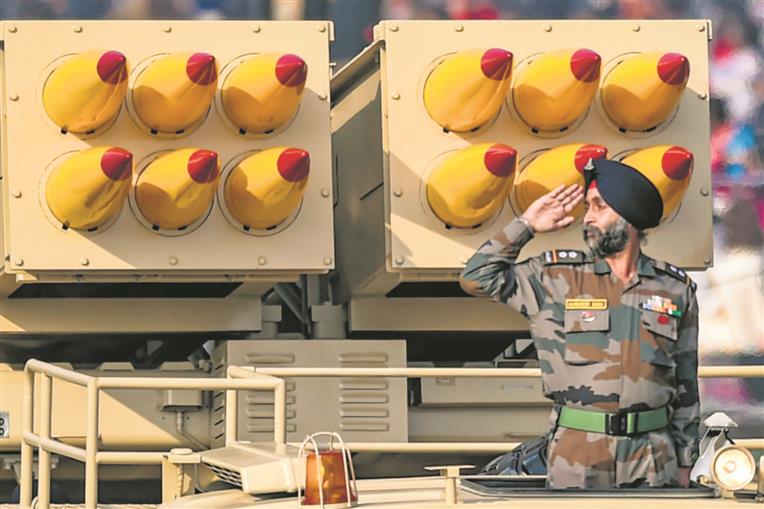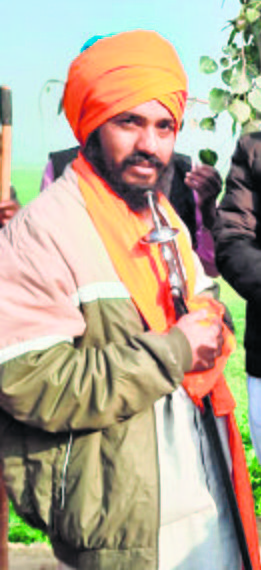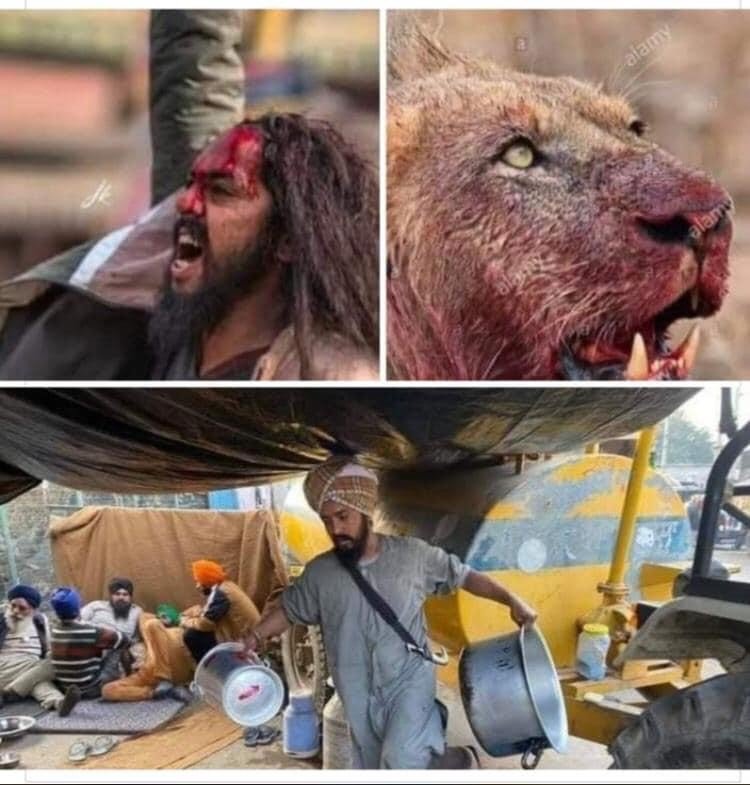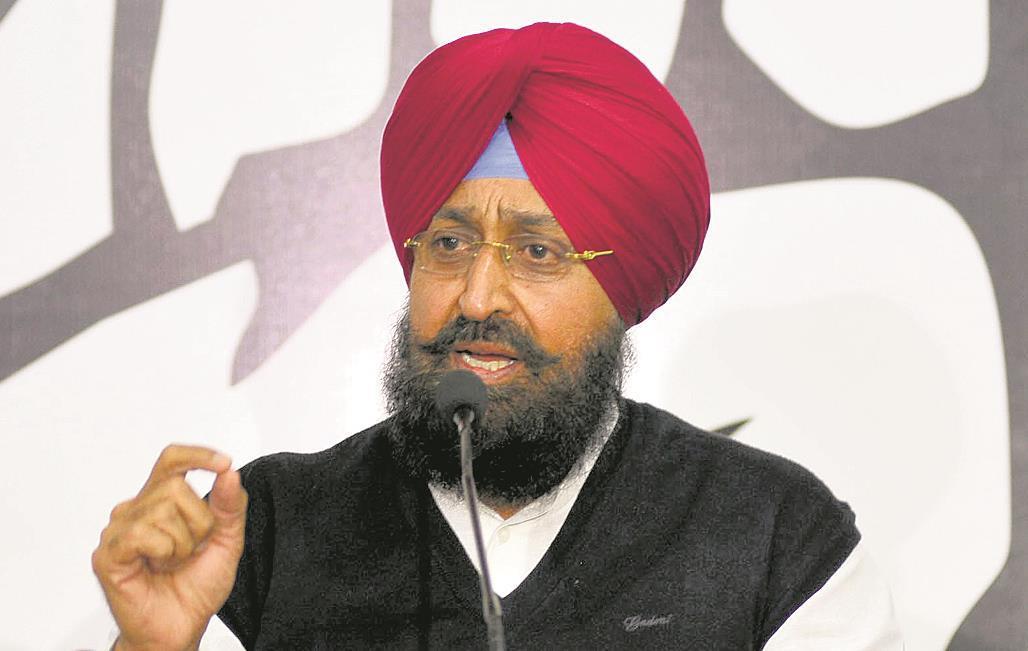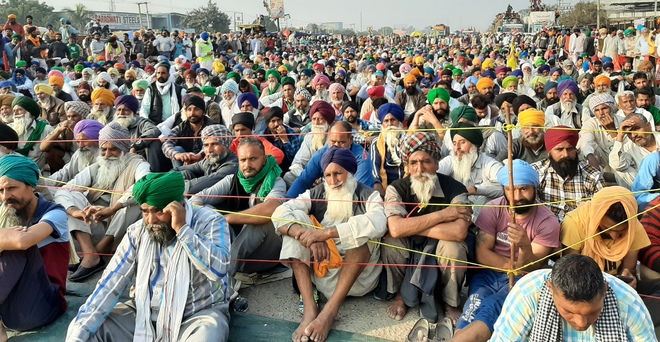PK VASUDEVA
Defence commentator
IN the Union Budget for 2021-22, the defence sector has been allocated Rs 4.78 lakh crore, including an outlay for the payment of pensions, against last year’s Rs 4.71 lakh crore. The total amount includes capital expenditure of Rs 1.35 lakh crore to purchase new weapons, aircraft, warships and other military hardware against the capital outlay of Rs 1.13 lakh crore during 2020-21. At a time when India is locked in a prolonged standoff with China in eastern Ladakh, straining its resources, the Budget has allocated Rs 3.62 lakh crore, excluding pensions, for defence expenditure — up by 7.4 per cent from last year. The total outlay for the Ministry of Defence (MoD) is pegged at Rs 4,78,195.62 crore, with pension liabilities down by Rs 18,000 crore from the present fiscal. The outlay for weapons and modernisation has been increased from Rs 1,13,734 crore last year to Rs 1,35,060 crore for 2021-22 — a rise of 18 per cent.
The increased budget for modernisation will help the armed forces equip themselves with new weapon systems and spares. In this Budget, the capital outlay for the Indian Army is Rs 36,481 crore; for the Air Force, Rs 53, 214 crore; and for the Navy, Rs 33,253 crore.
The total revenue expenditure, which includes expenses on the payment of salaries and maintenance of establishments, has been pegged at Rs 3.37 lakh crore. The total revenue expenditure includes Rs 1.15 lakh crore for the payment of pensions.
The Budget documents reveal that the MoD spent an additional Rs 20,776 crore for buying new weapon systems and spares for the armed forces in the present fiscal over and above the funds allocated for the purpose. The amount has been used to acquire equipment like the Spice-2000 bombs, Spike anti-tank guided missiles, SiG Sauer assault rifles, Excalibur ammunition, multiple types of aircraft spares from Russia along with ammunition for tanks and fighter jets.
There were expectations of a significant increase in the allocation to the forces, given the added strain of deployment in Ladakh, where about 50,000 troops have been stationed during the harsh winter. While it was the Army holding the fort at the Ladakh border amid the tensions that started in May last year, the jump in the revised expenditure for 2020-21 of the Navy and Air Force was much more. In the ongoing fiscal, the Air Force overshot its original allocation by Rs 11,773 crore and the Navy spent Rs 10,854 crore above its budget. In comparison, the Army spent Rs 821 crore above its allocation.
The MoD also carried out extensive construction work on the borders last year amid the India-China standoff. While the estimated budget for the civil work was Rs 14,500 crore, it increased to Rs 15,914 crore as the government spent on building infrastructure in border areas.
Apart from that, the allocation for civil works under the MoD is Rs 15,257 crore as against the revised allocation Rs 15,914 crore in last year’s Budget. The civil allocation includes allocation for the construction of roads and bridges, government aid to state governments and housing in the North East and border areas.
The Finance Commission’s proposal of a non-lapsable fund for the defence sector has been accepted in principle, but the modalities are to be worked out. It had been reported earlier that the MoD had proposed a roll-on non-lapsable budget over a period of five years for big-ticket acquisitions. It is proposed that a fund of Rs 2.38 lakh crore will be available for a period of five years (2021-26) that will not lapse. The fund can be used for the modernisation of forces, capital investment for Central armed police forces and also state police forces.
Amidst the ongoing standoff between India and China along the Line of Actual Control (LAC), the hike in the defence budget announced is negligible. Given the expectations that a large infusion of funds would come into the sector to prepare the armed forces for the new two-front challenge and the goal of achieving Atmanirbharta in the field of defence manufacturing — with the coming up of two Defence Industrial Corridors and the target of achieving $5 billion defence equipment exports by 2025 — the outlay seems to be insufficient.
Military experts, in general, have expressed satisfaction at the overall allocation, considering the coronavirus-triggered adverse impact on the economy, though they said India would have to gradually raise its defence spending to deal with increasing external threats.
The capital allocation for the Defence Research and Development Organisation (DRDO) has been pegged at Rs 11,375 crore, which is an increase of 8 per cent over the amount earmarked in 2020-21. The allocation for the Border Roads Organisation (BRO) has been increased to Rs 6,004 crore, 7.48 per cent more than the amount given in 2020-21.
Keeping in view the threat perception from China and Pakistan, India needs to increase its defence outlay from 2.1 to 3 per cent of the GDP.









